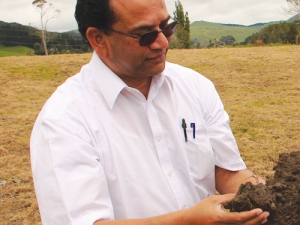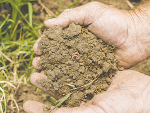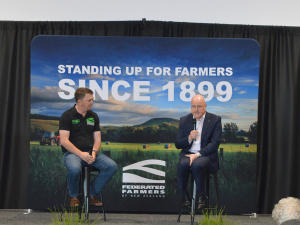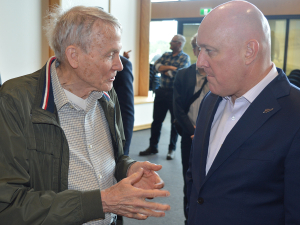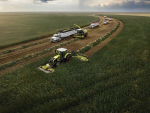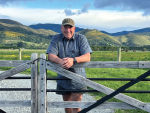Winter is a critical time for livestock farmers, with increased risk of erosion and sediment getting into waterways.
Stock compacting wet soils can reduce pasture growth and productivity, and bare soil caused by heavy grazing can be washed into waterways.
So it's a good time for dairy, beef and deer farmers to consider the impact of stock wintering on soil health and water quality. This should include livestock density, site selection and management of wintering systems.
Feed pads and stand-off pads are options for protecting soil physical structure over wet periods by preventing stock trampling pasture so heavily.
The feed pad is a dedicated concrete platform where supplementary feeds are fed to stock. Besides protecting pasture, higher feed efficiency is achieved as the wastage is reduced to about 5% as against about 20% and more when silage is fed in paddocks.
A stand-off pad is a dedicated loafing area for stock, with a softer free-draining surface of, say, wood chips. Since stock may be withheld from pasture for longer periods, the area required per cow has to be bigger, say, about 8 sq m.
Capture of effluent is an important aspect of stand-off pads. It requires that the humped and hollowed base is sealed underneath with compacted clay, an artificial liner or concrete, and the effluent directed into suitable sealed storage.
Animal shelters are an expensive wintering option but increasingly popular for convenience, animal welfare and productivity. They combine a feeding platform, stand-off facility and animal shelter. Sheltered feeding is done on slatted concrete floors. As the cows stand on the slatted floors, their effluent drops through the slats and into a concrete lined bunker beneath.
When building a wintering pad allow for solid and liquid waste disposal. Design the pad so that the contaminants run into your effluent management system. Locate the feed pad or stand-off pad well away from any waterway.
Sediment ponds can be placed downstream of wintering areas to contain peak storm flows. These ponds can capture sediment and particulate phosphorous. Soil particles need time to settle. Get professional advice on the right amount of settling time for your situation.
Sacrifice paddocks can be used when other options are not available, as a last resort, to stand animals off usual pastures when it is very wet, or as an area to feed animals hay and silage.
The disadvantages of sacrifice paddocks include soil structure damage and possible animal health problems such as lameness and mastitis. If soil potassium levels become too great (potassium is excreted in urine) it may also predispose the calving cow to metabolic problems.
In summary, it's suggested farmers focus on the following for soil and water protection:
Graze wettest paddocks in drier periods. Plan your stand-off strategy – especially if you have no constructed standoff facilities. Strip graze from the back of the paddock. Remediate winter-damaged areas through summer cropping. Leave good covers going into winter and leave buffer strips along drains and watercourses. Maintain races to reduce contaminants and make cut-offs to divert sediment into paddocks.
Do not feed out supplementary feeds in areas where runoff water may reach any water body. If possible avoid feeding out in these paddocks altogether.
• Bala Tikkisetty is a sustainable agriculture advisor at Waikato Regional Council. Contact him on 0800 800 401 or email This email address is being protected from spambots. You need JavaScript enabled to view it..

